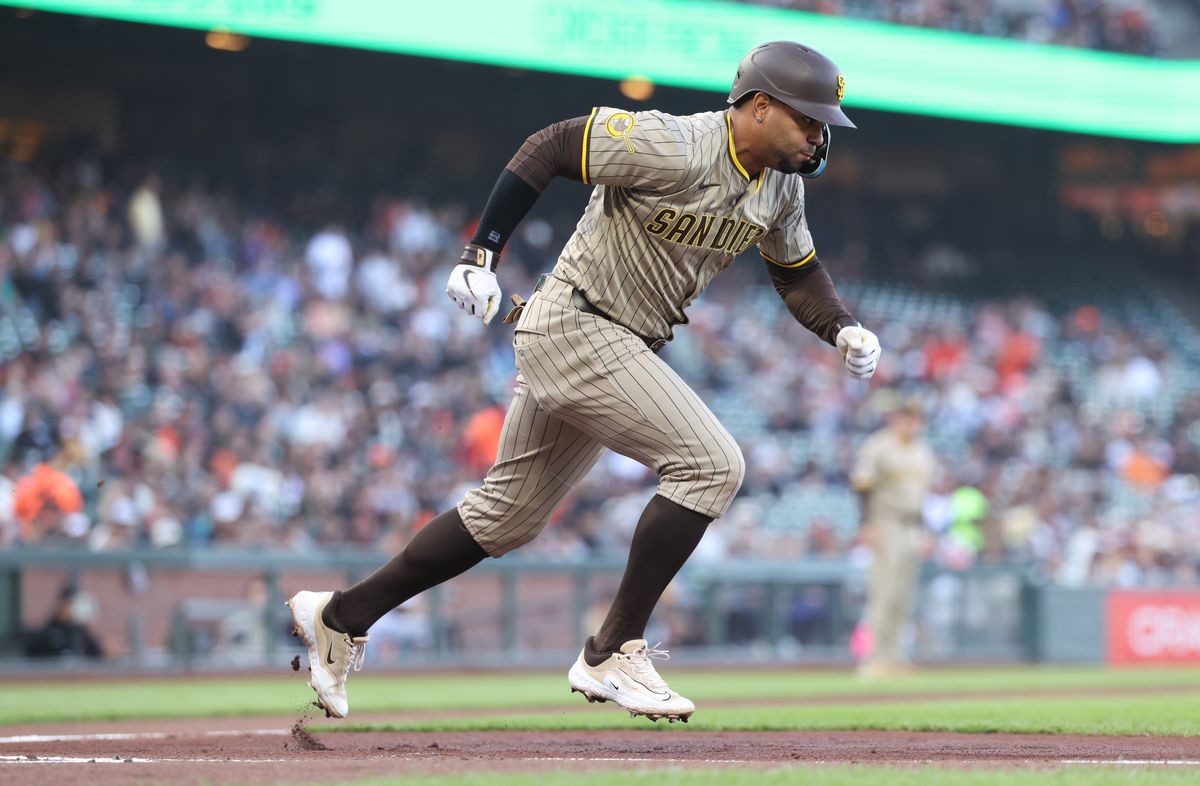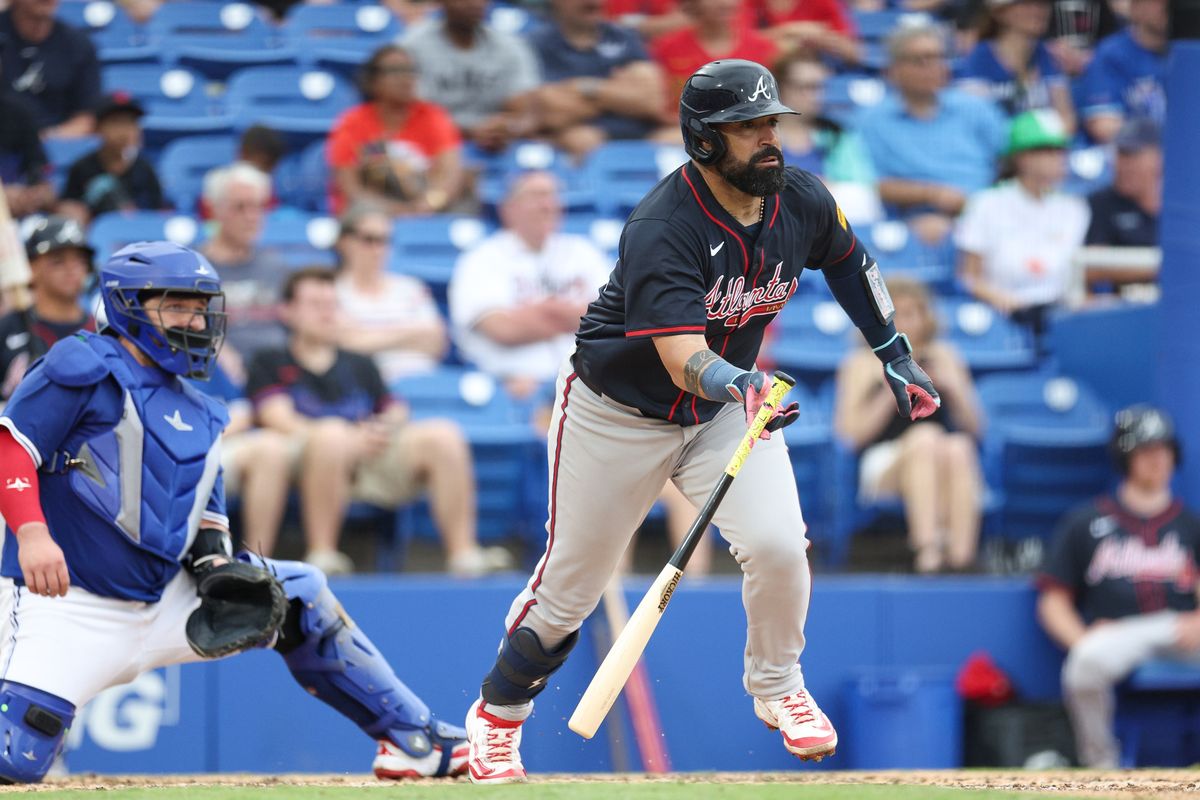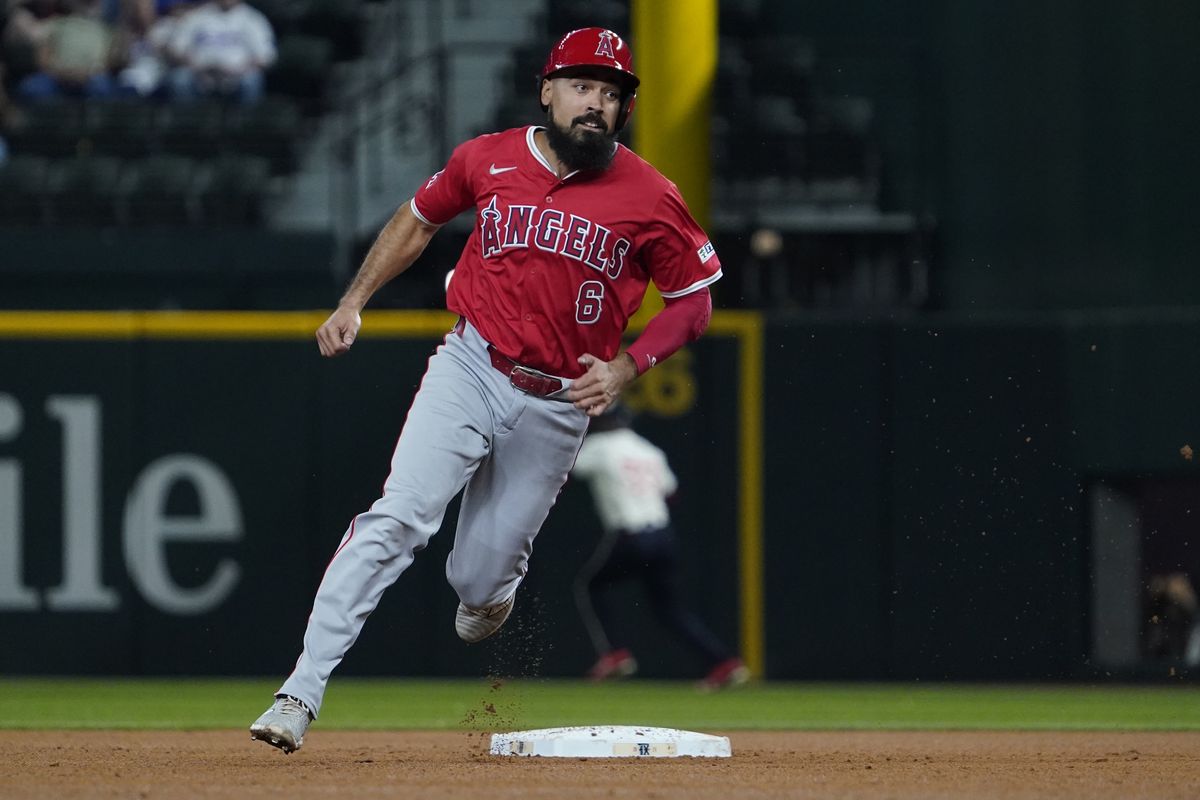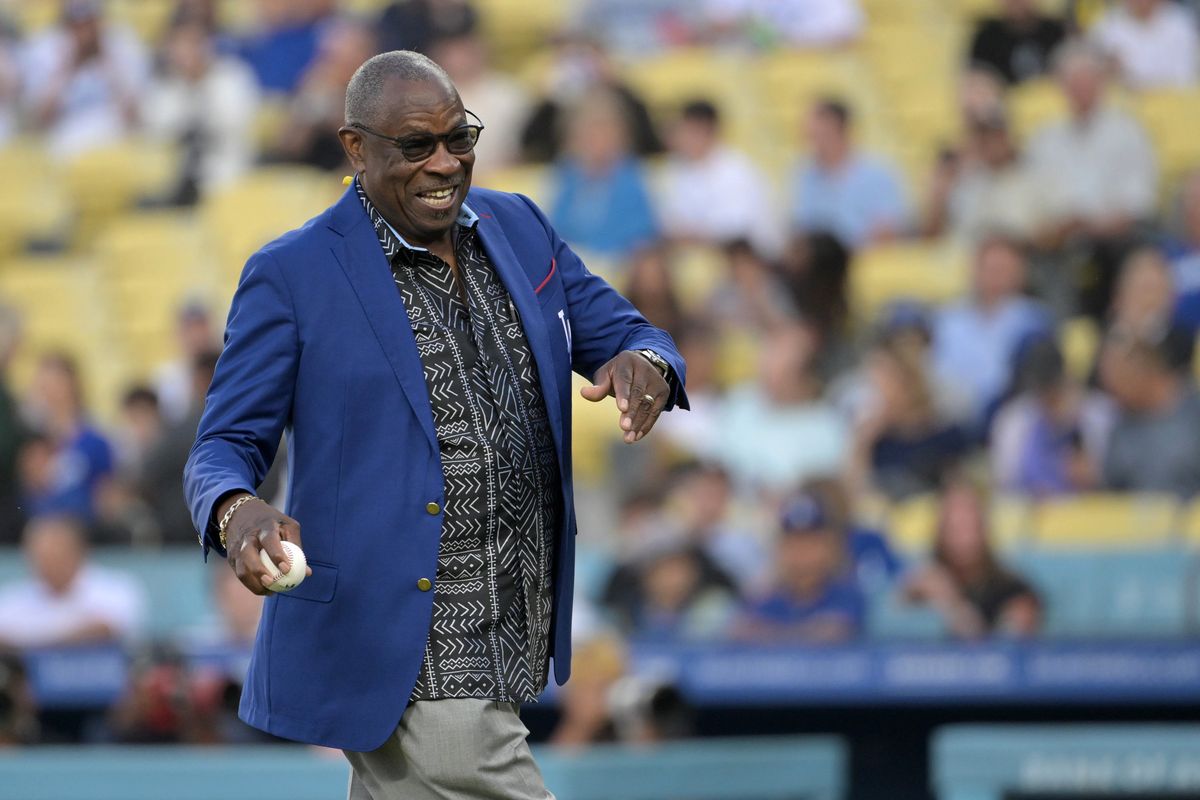
Baseball jersey numbers might seem like simple identifiers stitched onto uniforms, but they carry profound weight in the game’s mythology. These digits tell stories of family legacy, personal philosophy, pure serendipity, and sometimes bitter compromise. From zero to seventeen, each number becomes a silent narrator of triumph and heartbreak, connecting players across generations through an unspoken numerical language that only Major League Baseball truly understands.
8. Adam Ottavino: The Zero Pioneer

You might wonder why any pitcher would choose to wear zero on their back—after all, it’s the one number that mathematically represents nothing, which seems counterproductive for someone whose job involves preventing runs. Adam Ottavino’s journey to number zero began with his childhood admiration for Mike Piazza, the legendary Mets catcher who wore 31.
The Brooklyn native found himself in a numerical predicament early in his career—zero simply wasn’t available on most rosters. When the opportunity finally arose with the Colorado Rockies, Ottavino seized it, posting a stellar 2.43 ERA with 112 strikeouts in 77.2 innings during his 2018 campaign. His choice to honor Piazza while forging his own identity transformed zero from an oddity into a statement of individuality, proving that sometimes nothing can mean everything.
7. Xander Bogaerts: Following in Jeter’s Footsteps

Picture yourself as a young shortstop dreaming of emulating Derek Jeter’s greatness—a noble aspiration that roughly 47% of Little League shortstops have shared since 1996. Xander Bogaerts faced this exact scenario when he entered professional baseball, yearning to wear the same number two that made Jeter legendary.
When Bogaerts discovered that his hero’s number had been retired by the Yankees, his father offered wisdom that would shape his career: “Second is also good if you work hard.” This guidance transformed potential disappointment into motivation. Bogaerts embraced number two not as imitation, but as inspiration, collecting four Silver Slugger awards and four All-Star appearances while batting .292 over his Red Sox career. Sometimes being second choice leads to first-class results.
6. Sandy Leon: The Twitter-Chosen Three

Sometimes the most meaningful connections emerge from the most unlikely sources—including social media platforms where grown adults argue about batting stances and bullpen usage with strangers. Sandy Leon’s relationship with number three began with a fan’s suggestion on Twitter, proving that democracy works, even in jersey number selection.
Faced with available numbers including 13, 23, and 33, none felt right until that fateful social media interaction. Leon’s acceptance of the suggestion unlocked remarkable coincidences: his birth in March, his parents’ shared connection to the number three, and his career-best .311 batting average in 2019 that perfectly echoed his jersey digits. What started as crowdsourced numerology became a statistical prophecy fulfilled.
5. George Springer: The Four-Step Philosophy

You can trace George Springer’s entire approach to baseball through his devotion to number four—a commitment that would make most people’s relationship with their morning coffee routine look casual. His personal mantra of “four steps to success” doesn’t just guide his daily routine; it literally adorns his uniform as a constant reminder of his methodology.
Springer’s commitment to four transcended team changes, carrying the number from Houston to Toronto while posting a .270 career average and 267 home runs through 2024. When he captured 2017 World Series MVP honors, blasting five home runs with a 1.471 OPS against the Dodgers, number four wasn’t just on his back—it was mathematically validated. His early inspiration from Torii Hunter evolved into a personal brand that perfectly married superstition with performance.
4. Albert Almora Jr.: The Family Legacy Number

Baseball’s generational threads run deep, and Albert Almora Jr. understood this when he faced his jersey number decision with the Chicago Cubs—a franchise that knows something about the weight of family expectations and century-long curses. With his father’s first-round draft pedigree casting a long shadow, the younger Almora chose number five to establish his own identity.
His selection reflected a desire to honor family tradition while carving out distinct territory. During the Cubs’ historic 2016 championship run, Almora posted a .277 average in 47 games and scored a crucial Game 7 run against Cleveland, helping end 108 years of futility. His number five became part of the franchise’s redemption story, proving that sometimes the best way to honor your father’s legacy is to write your own chapter in a different font.
3. Anthony Rendon: The Reluctant Six

Anthony Rendon’s journey to number six reads like a master class in making the best of unexpected circumstances—a skill that proves surprisingly useful when you’re paid millions to hit a small sphere with a wooden stick. Initially coveting numbers 24 or 23, Rendon found himself facing the reality that his preferred digits were unavailable.
Born in June—the sixth month—fate seemed to whisper a gentle suggestion. What began as settling for an available number transformed into genuine affection as Rendon blossomed into one of baseball’s premier third basemen. His spectacular 2019 season with Washington featured 34 home runs, 126 RBIs, and a .319 average that helped deliver the Nationals’ first World Series title. Sometimes the numbers we don’t choose end up choosing us for all the right reasons, which sounds mystical until you remember we’re talking about fabric digits on athletic wear.
2. Dusty Baker: The Twelve-Year Tribute

In an era of constant change, Dusty Baker’s unwavering loyalty to number twelve stands as a monument to consistency and respect. From his playing days through his managerial career spanning multiple decades and franchises, Baker has remained faithful to twelve—a tribute to his boyhood hero, Tommy Davis.
Baker’s numerical devotion mirrors his old-school baseball philosophy: steady, principled, and deeply respectful of those who paved the way. His 2,093 managerial victories while wearing twelve have cemented both man and number in baseball’s pantheon. In a sport where players frequently change teams and numbers, Baker’s commitment feels refreshingly authentic—a vinyl record in a streaming world.
1. Kris Bryant: The Seventeen Transformation

Kris Bryant’s relationship with number seventeen perfectly illustrates how baseball’s constraints often create unexpected magic—much like how the designated hitter rule accidentally made National League strategy more interesting. After wearing 25 in high school and 23 in college, Bryant arrived in the majors to discover that his preferred numbers were retired or unavailable.
What began as necessity became destiny. Wearing seventeen, Bryant captured the 2015 NL Rookie of the Year (.275/.369/.488 with 26 home runs), the 2016 NL MVP (.292/.385/.554 with 39 home runs and 102 RBIs), and helped end the Cubs’ 108-year championship drought. His transformation from disappointment to triumph while wearing seventeen proves that sometimes the numbers we’re forced to accept become the ones that define our greatest achievements. After all, if you’re going to break a century-long curse, you might as well do it wearing digits that nobody else wanted.



